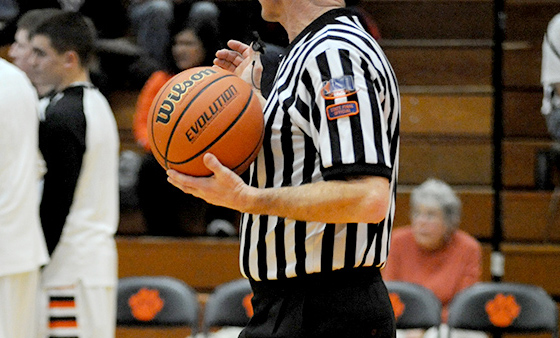Helping coaches create social media guidelines for their teams
As coaches, we all feel comfortable teaching offensive and defensive fundamentals to our student-athletes. We don’t think twice about offering them guidance on how to excel academically, and we do not hesitate to intervene if we see or hear about poor behavior in the hallway or the classroom.
 But what do we do about the world of social media?
But what do we do about the world of social media?
- A high school student-athlete is expelled from school after tweeting racially charged and sexually explicit messages.
- Multiple members of a high school team are suspended after posting sexually provocative pictures on social networking sites.
- A college program suspends a player after he tweets that classes are pointless.
- Another program bans its players from Twitter after one of its student-athletes tweets song lyrics about killing cops, drawing the ire of local police.
- A high school player takes the bait and gets into a war of words on Facebook with a student at a rival school, leading to the players suspension.
We also worry about less serious missteps. These include student-athletes posting so-called bulletin board material prior to games, being vulgar or profane, speaking negatively about a teacher or a classmate, or complaining publicly about their role on the team. And as if that were not enough, there are hundreds of different social media platforms out there, with new ones released seemingly by the week.
With these concerns in mind, our program made the decision at Edmonds Community College to proactively address with our players the appropriate use of social media.
 Here are some of the key points we stressed, which will help you in developing your own social media policy:
Here are some of the key points we stressed, which will help you in developing your own social media policy:
• Representing the school. The players need to remember that they represent the school. As student-athletes, they often receive more publicity than their peers, which means their behavior can cause significant damage to the schools image if they act inappropriately online.
• Posts are always visible. Once a player posts or tweets a message, it is captured and indexed by any number of search engines that crawl the Internet. This means that a message never actually goes away, even if the player has second thoughts and decides to delete it.
• Owning your brand. The players own their personal brand. Whatever they post will be around years from now when a potential employer looks them up on a search engine, so they need to consider what kind of message they want to send about themselves.
• Beware of cameras. Each player needs to remember that anyone can be a journalist, since smartphones give everyone the ability to take pictures or video and instantly post it to social media. As a result, players need to use good judgment in social settings. They also need to try to avoid any actions that could be misconstrued when taken out of context. For example, most viewers will assume that a player was consuming alcohol if he or she poses for a picture with a red solo cup at a party, even if the cup contained only water.
• Impress potential recruiters. College coaches at four-year institutions have lots of potential student-athletes to contact and a limited window of time in which to recruit. As a result, it is not uncommon for coaches to research potential recruits through social media to get a sense of whether a player has the right character for their program.
Creating team guidelines
We also provided the Edmonds players with a few general guidelines to consider as they post and tweet on their social media pages:
- Use some common sense. If you are not sure whether a post or tweet is appropriate, then it probably is not.
- Profanity, vulgarity, and sexual references always fall into the not appropriate category.
- Resist the temptation to engage with fans or players from other schools if they are making derogatory comments online.
- Never tweet or post when you are emotional. Chances are the action will have a negative outcome.
- Be cautious when retweeting or reposting someone elses content. Such action can appear to be an endorsement of the message, even if you are not the original author.
- Never assume that a message or post is protected from public view, even if you have the private settings turned on for your profile.
- Do not give out personal contact information to a friend or follower that you do not know, and never post that information publicly.
We periodically check up on the content posted by our players, but our approach stops well short of an outright ban, heavy monitoring or social media contracts that some schools have chosen to implement to protect their institutions and student-athletes from negative publicity. Although our team has not been completely incident free, the couple of issues that have come up have been very minor in nature.
Our approach to social media oversight ultimately allows our players some freedom, shows that we trust them to use good judgment, and gives them the necessary guidance to ensure that they avoid any embarrassing incidents. As a result, we will continue to utilize this approach with each of our teams in seasons to come.
Quick tips to remember
- Do not wait for a crisis to occur before addressing social media use with your team.
- Provide some examples of what can go wrong on social media.
- Stress the permanency of social media content due to search engine indexing.
- Outline general guidelines for appropriate and safe use.
- Periodically monitor content to ensure it is meeting your guidelines.
- Revisit the topic from time to time, particularly if you hear about an incident that occurred elsewhere that can be used as a teaching point.





